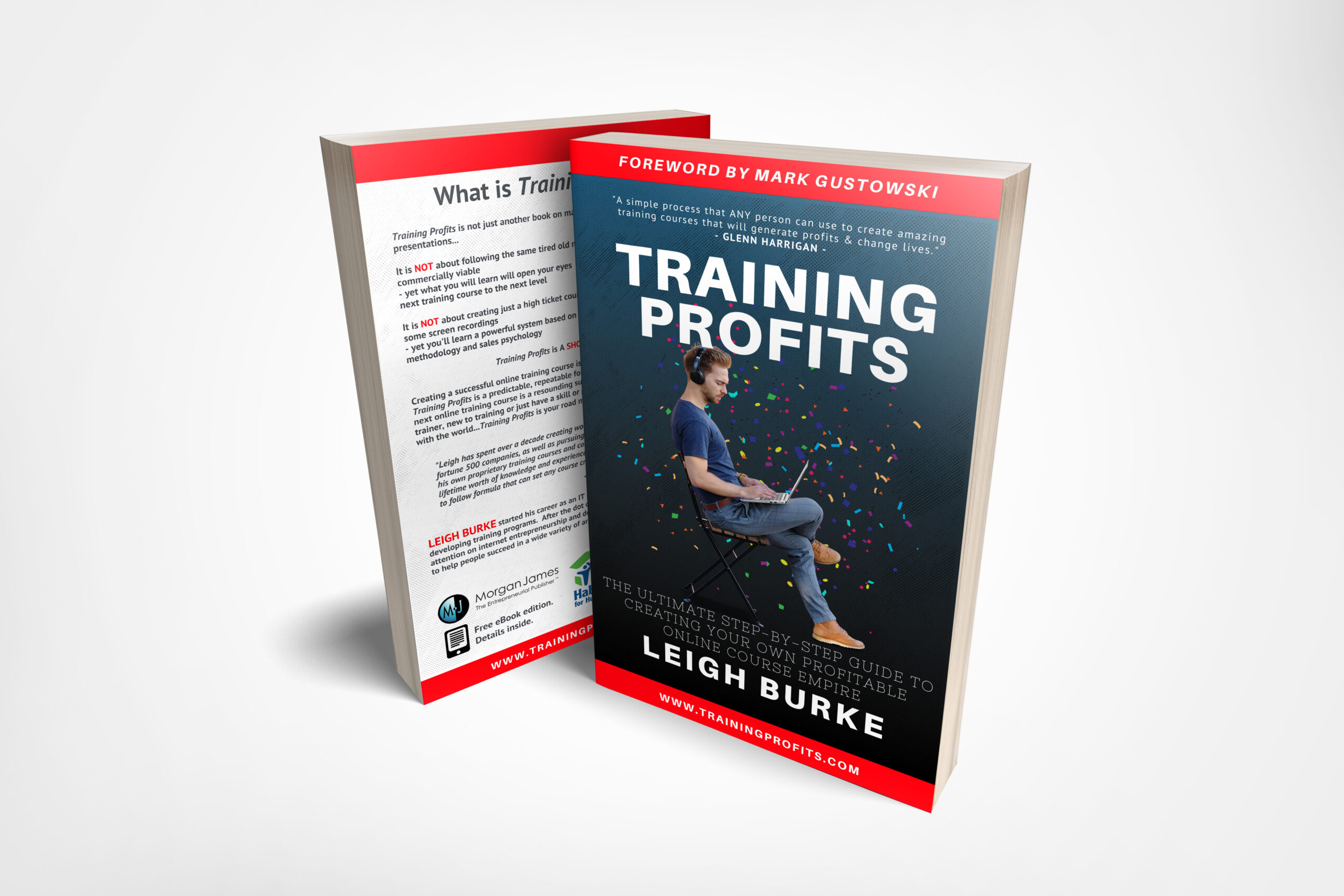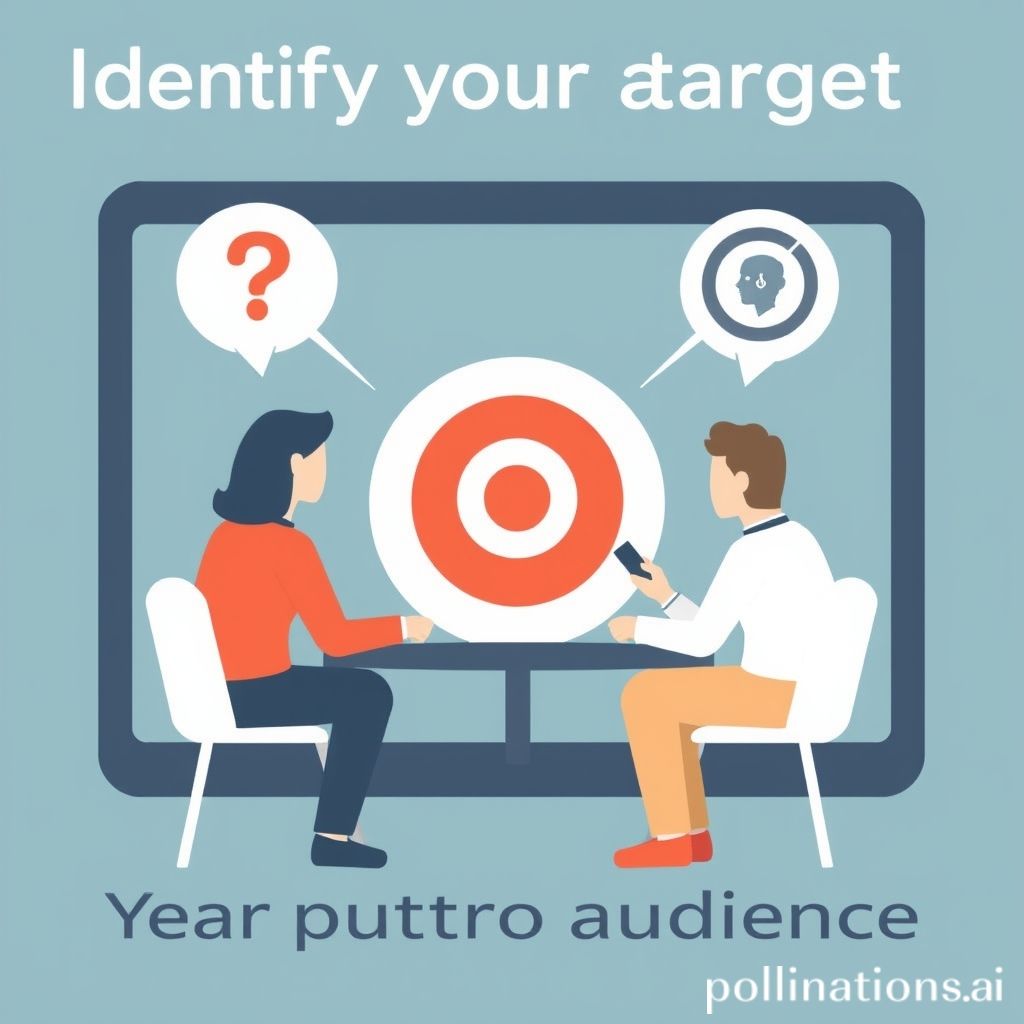Contents
- 1 Introduction
- 2 Key Takeaways
- 3 Identify your target audience
- 4 Use compelling visual content
- 5 Frequently Asked Questions
- 5.1 1. How do I determine the right target audience for my online course?
- 5.2 2. How can visual content improve the marketing of my online course?
- 5.3 3. What social media platforms should I use to promote my online course?
- 5.4 4. How can I offer value through free content without undermining the sales of my online course?
- 5.5 5. How do I create an engaging website for my online course?
Introduction
In today’s digital age, online courses have gained significant popularity due to their convenience and accessibility. However, simply creating an online course is not enough. To ensure its success, it is essential to have effective marketing and sales strategies in place. This article will present some key strategies to help you market and sell your online course effectively.
Key Takeaways
- Identify your target audience – Understanding who your course is designed for will help you tailor your marketing efforts to reach the right audience.
- Use compelling visual content – Incorporating high-quality images and videos can capture the attention of potential learners and make your course more appealing.
- Create an engaging website – Develop a professional and user-friendly website that showcases your course’s benefits and encourages enrollments.
- Utilize social media platforms – Leverage the power of social media platforms to promote your course, engage with your audience, and drive enrollments.
- Offer value through free content – Provide valuable free content related to your course topic to build trust, establish yourself as an expert, and generate interest in your course.
Identify your target audience
One of the first steps in marketing your online course successfully is defining your target audience. Knowing who your course is designed for enables you to create tailored marketing messages and reach the right people. Conduct thorough research and consider factors such as demographics, interests, and pain points. You can use focus groups or surveys to gather valuable insights.
Use compelling visual content
The visual appeal of your online course plays a crucial role in attracting potential learners. Use high-quality images, videos, and infographics to convey the value and professionalism of your course. Visual content engages learners and provides a preview of what they can expect. Make sure to use visuals that align with your course’s subject matter and create a visually appealing learning experience.
Create an engaging website
Your website serves as the online storefront for your online course. Design an engaging website that highlights the benefits and features of your course. Use compelling visuals, clear course descriptions, and testimonials from satisfied learners. Ensure your website is user-friendly and optimized for mobile devices to improve accessibility and reach a broader audience.
Social media platforms provide a powerful tool for promoting your online course. Create engaging content, share updates, and interact with your potential learners on platforms such as Facebook, Instagram, LinkedIn, or Twitter. Use visually appealing posts, testimonials, and promotional videos to capture the attention of your target audience. Engage with your followers, respond to inquiries, and use relevant hashtags to increase reach and visibility.
Offer value through free content
Providing free valuable content related to your online course topic is an excellent way to showcase your expertise and generate interest. Write blog posts, record podcasts, or create informative videos that address relevant topics. Offer these valuable resources for free on your website or social media channels, and include links encouraging learners to explore your online course for further in-depth learning.
Frequently Asked Questions
1. How do I determine the right target audience for my online course?
Identifying your target audience requires research and analysis. Consider demographics, interests, and pain points related to your course topic. Conduct surveys, focus groups, and competitor analysis to gather insights.
2. How can visual content improve the marketing of my online course?
Visual content attracts attention, engages learners, and creates a professional impression. High-quality images, videos, and infographics provide a preview of course content and generate interest among potential learners.
The choice of social media platforms depends on your target audience. Consider platforms like Facebook, Instagram, LinkedIn, or Twitter based on their demographics and engagement levels with your course topic.
4. How can I offer value through free content without undermining the sales of my online course?
Offer free content that provides valuable insights on your course topic. While giving away some information, always leave learners wanting more, showing them the potential benefits of enrolling in your course for a comprehensive learning experience.
5. How do I create an engaging website for my online course?
Create an engaging website by using compelling visuals, clear course descriptions, and testimonials. Ensure it is user-friendly, optimized for mobile devices, and offers an easy enrollment process.



